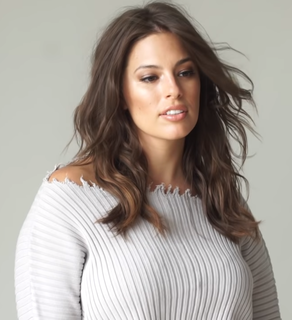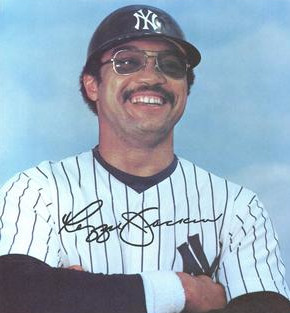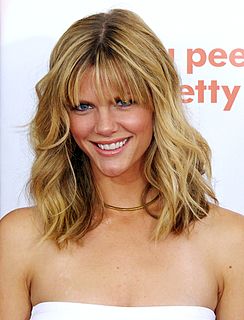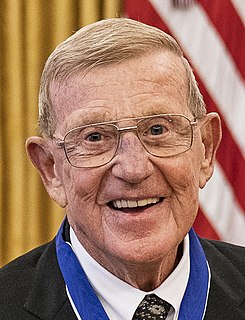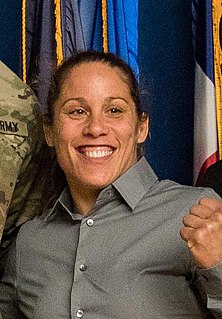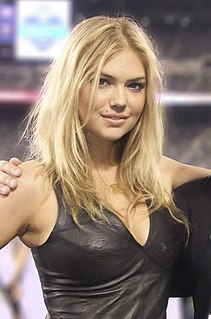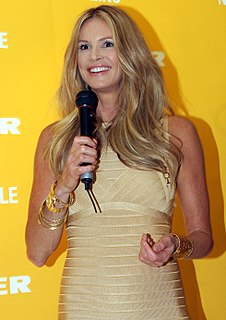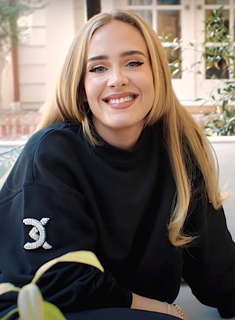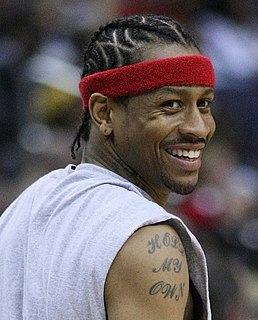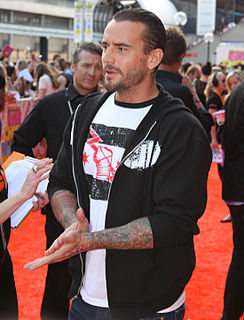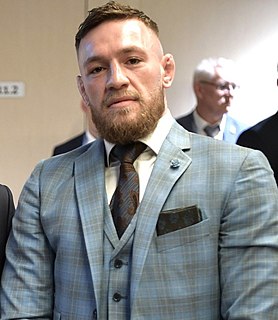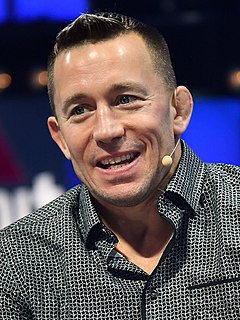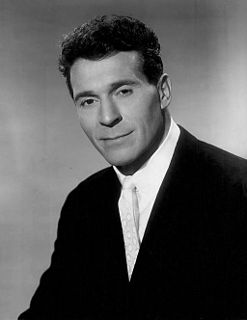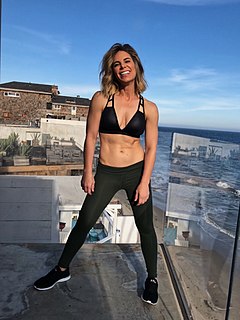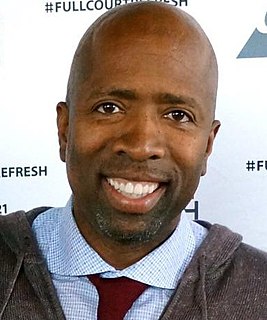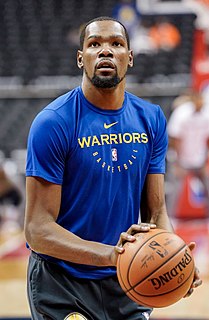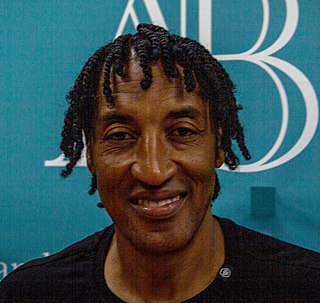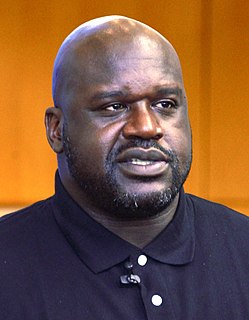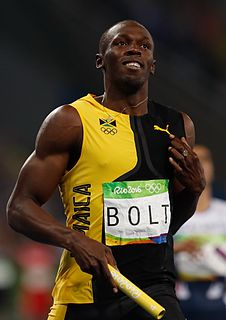A Quote by Nadia Comaneci
I made the cover of 'Sports Illustrated,' 'Newsweek' and 'Time' all in one week, and I didn't even know what that meant.
Quote Topics
Related Quotes
The weirdest thing to me is that magazines would never do this for their writers. They would never hire a writer who writes for another magazine; they want to have their own stable of writers. Newsweek would never hire a TIME writer, and TIME would never hire a Newsweek writer - but they would both hire the same photographer to shoot a cover for them.
When my TV show, 'Sports Jobs with Junior Seau,' assigned me to be a 'Sports Illustrated' reporter for a weekend, I didn't realize I'd have to squeeze it in around another sports job. I had planned to retire from the NFL to enjoy the cushy lifestyle of a full-time reality TV star, but I wound up getting run over by a bull.

